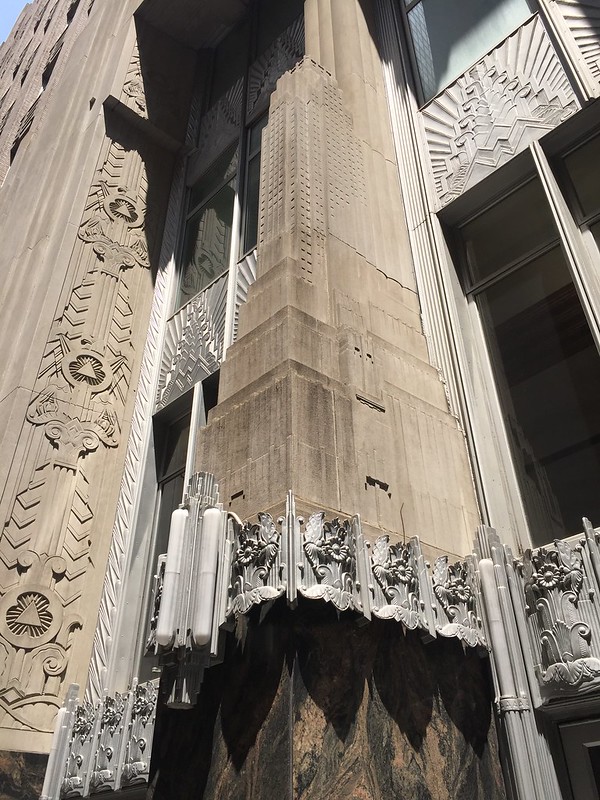
Click on the above photo to see my full album.
 My favorite of the city’s Art Deco skyscrapers, this soaring Pine Street tower was built as the headquarters of the Cities Service Company, predecessor of Citgo. The Cities Service logo — a pyramid within a cloverleaf, usually black or green in trade dress — can be found pervasively worked into the concrete and metal exterior details, and the interior details, as well. Designed by architects at Clinton & Russell and Holton & George, the 952-foot tower opened in 1932.
My favorite of the city’s Art Deco skyscrapers, this soaring Pine Street tower was built as the headquarters of the Cities Service Company, predecessor of Citgo. The Cities Service logo — a pyramid within a cloverleaf, usually black or green in trade dress — can be found pervasively worked into the concrete and metal exterior details, and the interior details, as well. Designed by architects at Clinton & Russell and Holton & George, the 952-foot tower opened in 1932.
Last year, I posted a batch of pictures that I had taken of the exterior details at ground level; and of the tower within the skyline of Wall Street. It is a striking tower, sleek and tapered at the top. But given the dense cluster of tall buildings that now characterize the neighborhood, it is a challenge to find a clear shot of more than its very top. Fortunately, an outside detail (above) provides a scale model of the complete tower in clean, white concrete — like the building itself.
A residential conversion was recently completed, which includes a beautiful top-to-bottom restoration of the landmark skyscraper. I doubt the building could have looked much sharper in 1932, when it opened amid the Great Depression, having been on the drawing board before the fortunes of Wall Street turned dark. The redeveloper, Rose Associates, has really done an incredible job.
Here, I include a number of new pictures of the grand lobby, the basement, and various stairwells and corridors.
Hope you enjoy. I love this building, and think you will, too.
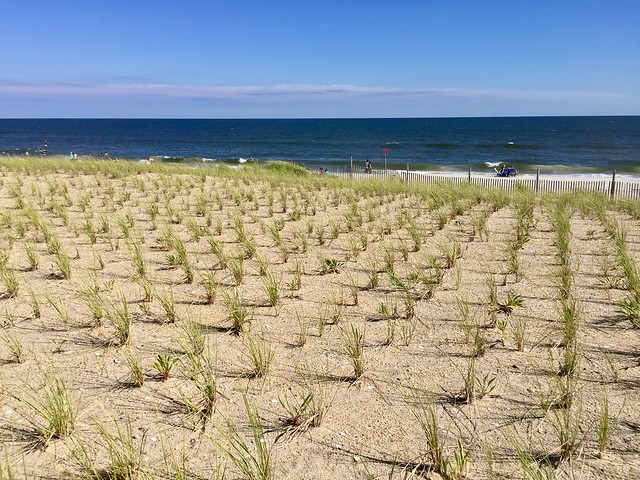
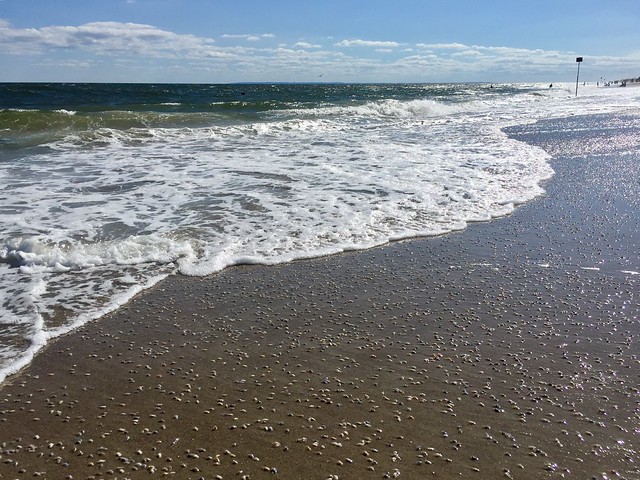


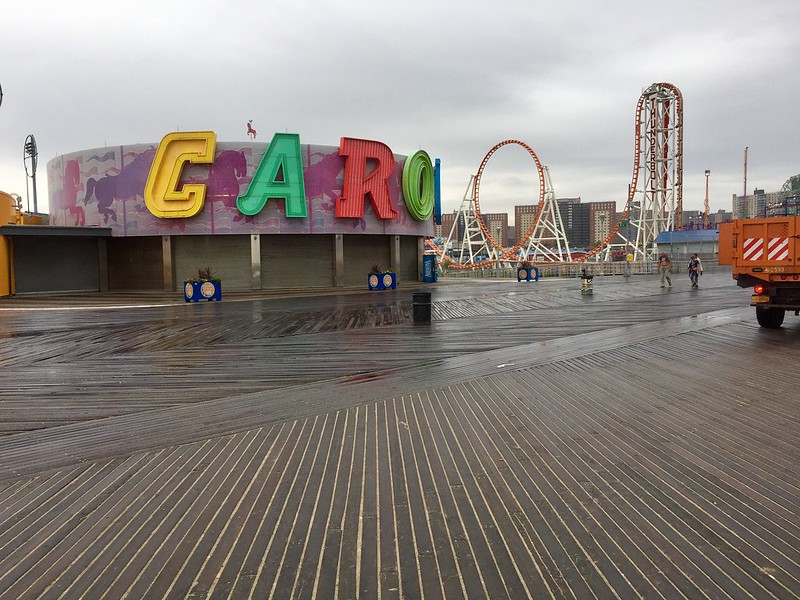


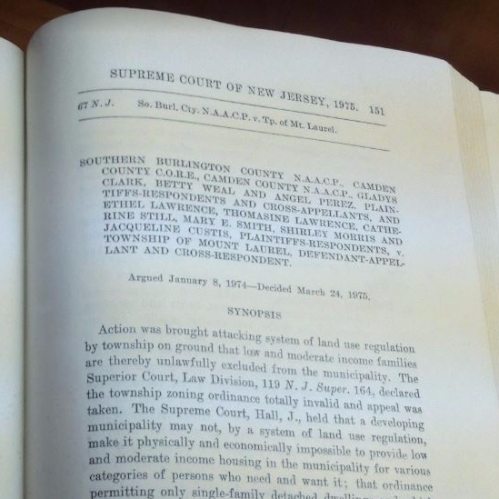
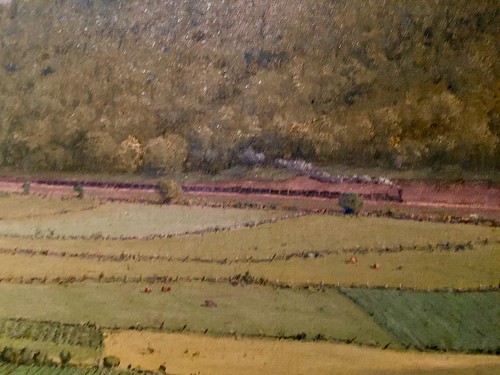

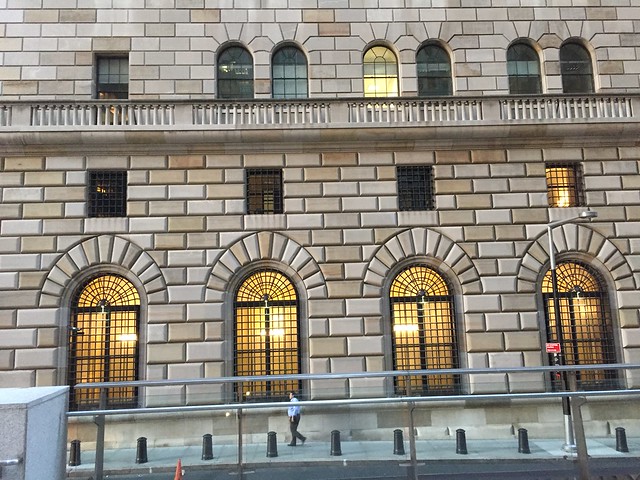
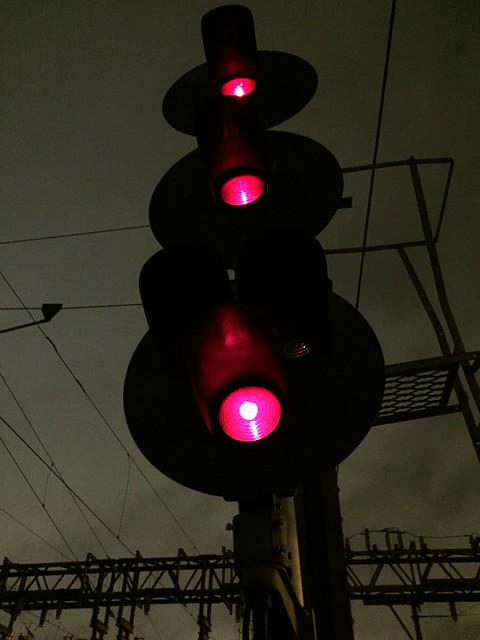


You must be logged in to post a comment.